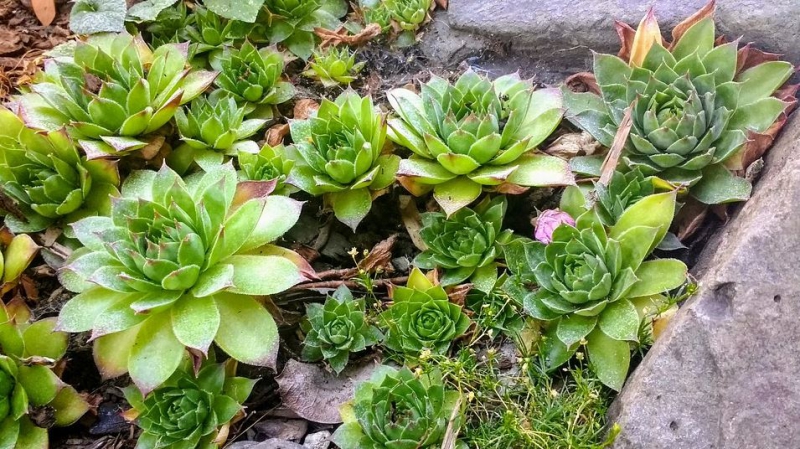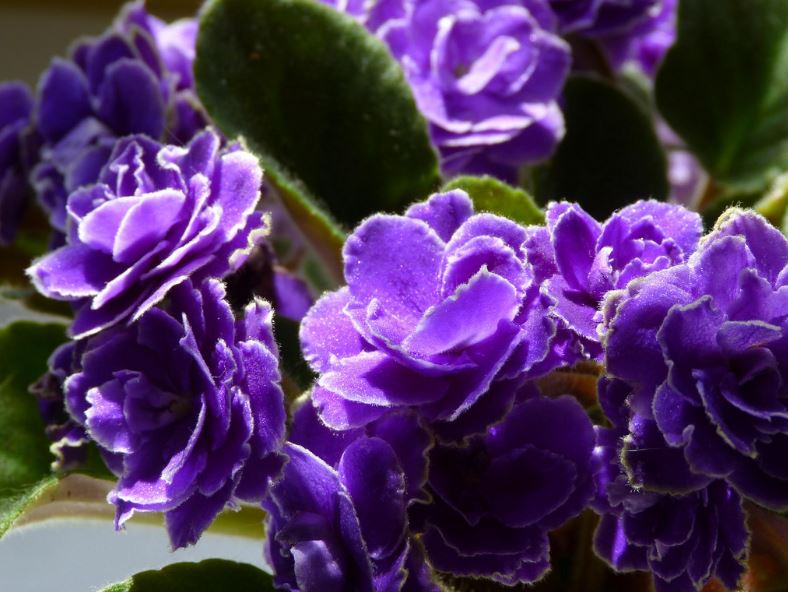There are many dogs that think of pets as children. However, unlike children who grow up and express themselves with their own will, they need constant protection.
Also, as many people protect their pets, they like to take care of the home, comfort the house, and customize it to their own personality. On the other hand, one of the most common elements to decorate a house is indoor plants.
Indoor plants are one of trendy ornaments, bringing life to life. Putting green plants in your home can relieve stress, purify the air, and produce aesthetic effects. All of these characteristics contribute to the enhancement of happiness and quality of life.
These indoor plants and flowers, which are small and harmless, can actually be harmful to pets. On the other hand, there are plants that are safe for pets. What plants can coexist with pets at home?
Puppies and cats chew grass in the garden for two reasons.
First, puppies are born omnivorous animals. In other words, dogs can eat both meat and vegetables, and they are needed as nutrients. Also, because dogs are naturally clean animals, they instinctively go around and eat everything around them. Wild dogs also eat fruits, berries and various vegetables to balance their nutrients.
Second, the dog instinctively eats grass when the stomach is dislocated. Dogs show signs of vomiting after eating grass. In other words, eating grass will solve the digestive system problem.
 |
| ▲ Succulent plant (Source: Pixar Bay) |
1. Spider Plants
This plant is a plant that is commonly found in homes around the world. Easy-to-manage patterned folds require minimal sunlight and can be viewed as wall hangings or decorative on tables. Not only does the plant breathe life into the home, but cats also eat it in metallurgical metallurgy. You do not have to worry about seeing a cat eating a crest. This plant is harmless to pets. Nevertheless, if you are worried, you can hang your cat out of reach.
2. Palms
Indoor palm trees are easy to maintain and are preferred as indoor ornamental plants. If you want to buy an indoor palm tree, it is better to choose Ponytail palm, Parra palm, and Areca palm. These breeds are not toxic to pets. On the other hand, it is better to avoid cocoon palms or spruce trees because they are highly toxic.
3. African Violets
African violets are beautiful plants for ornate and colorful. This flower is a plant that is beneficial to both the owner and the pet, because it not only pleases the eyes but also is not toxic to pets. It requires delicate control, but it is excellent as a household plant.
Placing it next to a window with good light helps to grow. This plant should keep flowers and leaves dry, but the roots should be wet. Therefore, if you grow this plant, you should never let water come in contact with flowers and leaves. If you plant this plant in a small pot, the cat can fall. Therefore, the cat should be out of reach.
 |
| ▲ African violet (source = Flickr) |
4. Bamboo
Bamboo is a welcome plant in any home. This plant emits a unique atmosphere in the home. Bamboo grows well in pots containing soil or in decorative vases with water, even in an aquarium. Bamboo is a home-friendly beautiful plant.
5. Boston Fern (Boston Fern)
This plant is beautiful but has the disadvantage that it is difficult to manage. Originally a forest plant, Boston Bracken requires constant maintenance, and it is best to keep it in a humid soil and a high humidity room. And this plant does not pose any harm to the pets.
6. Bromeliads
If you like a unique personality, you will love this plant. Brightly colored beautiful bromelia is a relatively easy plant to grow.
7. Christmas Cactus
These small, beautiful plants bloom during the winter season, and vary in color red, orange, pink, and white. It grows well and can easily adapt even in small pots. Although the plant is known to be non-toxic to pets, it can cause mild vomiting or diarrhea.
Also, because of the thorns, you may be injured accidentally by your pet. So if you want to grow this plant, you should put it out of reach of pets.
8. Succulents
This little plant can be easily grown in almost every home because it requires little maintenance. Varieties such as Hawthia, Pepolomia, and Burroughs Tail are not toxic to pets, but Kalanchoe and Aloe Vera are toxic. Therefore, it is a good idea to do some research when you put succulent plants in your pet home.
9. Swedish Ivy
Characterized by continuous leaves and purple flowers, this plant is non-toxic and easy to maintain. I like the indirect sunshine and the soil of the Romance. However, other species of ivy and plants are toxic to pets, so they must be distinguished and brought home.
On the other hand, besides the above-mentioned plants, pets, especially cats, prefer certain plants such as catnip. Catnip is also known as 'cat marijuana'. If the cat feels painful, you can calm down with Catnip.
And the cat eats a variety of flowers and herbs, including roses and syringes, sunflowers, snapdragons, basil, lavender, cat mint, oregano, parsley, and rosemary.
Even if a pet is instinctively able to eat grass or plants, it must be strictly separated from food to avoid eating anything. If you see a pet eating a plant, you should look for the symptoms and take it immediately to the vet if you are in an emergency.
![[Issue] Safe indoor plants that can grow in pet households issue safe indoor plants that can grow in pet households](https://moontore.com/wp-content/uploads/2019/02/issue-safe-indoor-plants-that-can-grow-in-pet-households-1200x700.jpg)


